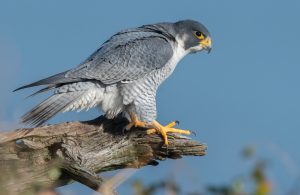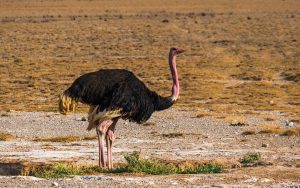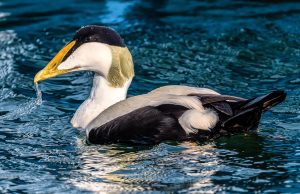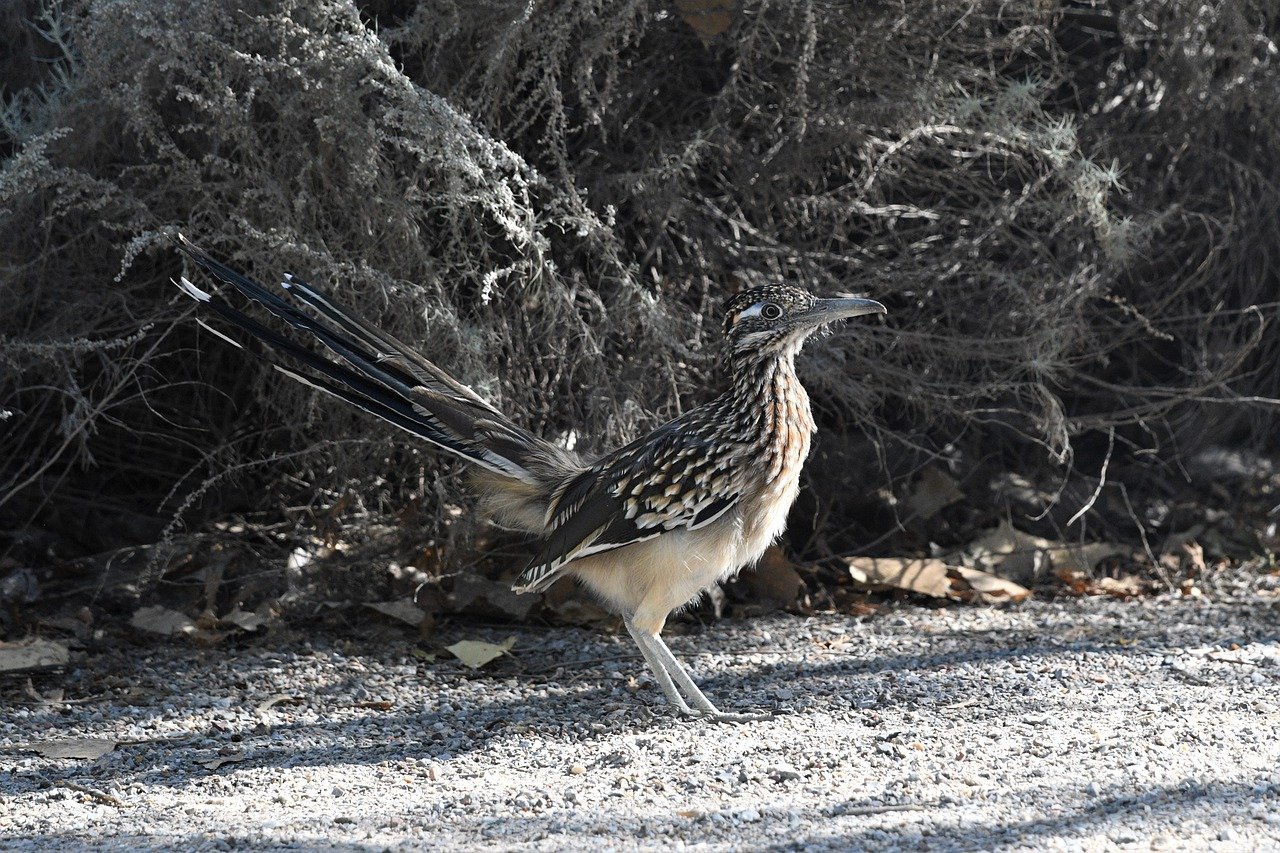Birds: What does it mean to be fastest?
- 5 min read
- By Phillip Imler
For many of us, we conjure up images of Wile E Coyote and the Road Runner when we imagine the fastest bird in the world. And although the road runner is notorious for its incredible speeds as it scampers across the desert, it is not the fastest bird.
In the dynamic realm of avian wonders, the concept of speed takes flight in the most breathtaking manner. From the hummingbird’s agile dance to the peregrine falcon’s rapid descent, birds showcase a fascinating array of aerial prowess. Below we fly into the captivating world of avian speedsters, exploring what it truly means to be the fastest bird in the avian kingdom.
Birds have evolved diverse adaptations for speed, ranging from streamlined bodies and powerful wings to unique flight techniques. The quest for speed isn’t just a race against rivals but a survival strategy ingrained in their ecological niche. Which species flies the fastest, runs the fastest, swims the fastest, and has the fastest wings? None of the answers are the same.
Let’s embark on a journey into across the globe as we unravel the mysteries of avian speed, discovering the unparalleled feats that make birds some of the most extraordinary athletes in the natural world.
 The peregrine falcon (Falco peregrinus) holds the title of the fastest bird in the world. In a spectacular display of speed and precision, the peregrine falcon is known for its breathtaking hunting stoop or dive. During this high-speed descent to catch prey, it can reach incredible speeds of over 240 miles per hour (386 kilometers per hour).
The peregrine falcon (Falco peregrinus) holds the title of the fastest bird in the world. In a spectacular display of speed and precision, the peregrine falcon is known for its breathtaking hunting stoop or dive. During this high-speed descent to catch prey, it can reach incredible speeds of over 240 miles per hour (386 kilometers per hour).
The peregrine falcon is a medium-sized bird of prey with a distinctive blue-gray plumage on its back, white underparts, and dark markings. Its sharp beak and talons, coupled with remarkable eyesight, contribute to its prowess as an aerial hunter. Found on every continent except Antarctica, peregrine falcons are versatile and adapt well to various environments, from urban areas to remote cliffs.
This bird’s incredible speed isn’t just a feat of nature; it’s a crucial aspect of its hunting strategy. As it targets prey mid-air, the peregrine falcon’s high-speed dive enables it to strike with unparalleled precision, making it an apex predator in the avian world.
 The ostrich (Struthio camelus) is the fastest-running bird in the world. With long legs and powerful muscles, the ostrich can achieve speeds of up to 45 miles per hour (72 kilometers per hour). Known for its large size and flightless nature, the ostrich is native to Africa and is the largest living species of bird.
The ostrich (Struthio camelus) is the fastest-running bird in the world. With long legs and powerful muscles, the ostrich can achieve speeds of up to 45 miles per hour (72 kilometers per hour). Known for its large size and flightless nature, the ostrich is native to Africa and is the largest living species of bird.
Ostriches have distinctive characteristics, including a long neck, large eyes, and a distinctive plumage pattern. Their wings are adapted for balance and steering rather than flight. Ostriches are well-adapted to their arid environments, possessing strong legs and remarkable endurance. Their running ability is a crucial defense mechanism against predators.
In addition to their impressive speed, ostriches are known for their powerful kicks, which they use for both defense and territorial disputes. Their diet consists of a variety of plant matter, seeds, and occasionally insects. Ostriches are social birds and often live in groups, enhancing their safety through numbers.

The common eider is a large sea duck found in the northern hemisphere, particularly in the Arctic and subarctic regions. It is known for its distinctive appearance, with the males sporting striking black and white plumage and the females having more camouflaged brown tones. These ducks are well-adapted to life in cold waters and are often seen floating and foraging at sea.
Common eiders are excellent divers, capable of diving to considerable depths in search of their preferred prey, which includes mollusks, crustaceans, and other aquatic invertebrates. Their ability to navigate through water efficiently aids in evading predators and finding food in their coastal habitats. While not breaking records for swimming speed, their proficiency in the water contributes to their survival in challenging environments.

Anna’s Hummingbirds are native to the western part of North America, ranging from southern Alaska to Baja California. They are recognized for their vibrant coloring, with males displaying iridescent pink-red plumage on their throats and heads. Females are generally more muted in color.
These hummingbirds are highly agile and can hover in mid-air with remarkable precision, thanks to their rapid wing beats. Their exceptional flight abilities are not only crucial for foraging but also play a role in elaborate courtship displays where males showcase their vibrant plumage and engage in impressive aerial maneuvers to attract potential mates. The rapid wing beats enable them to sustain prolonged hovering, allowing them to feed on nectar from flowers and catch small insects in flight.
